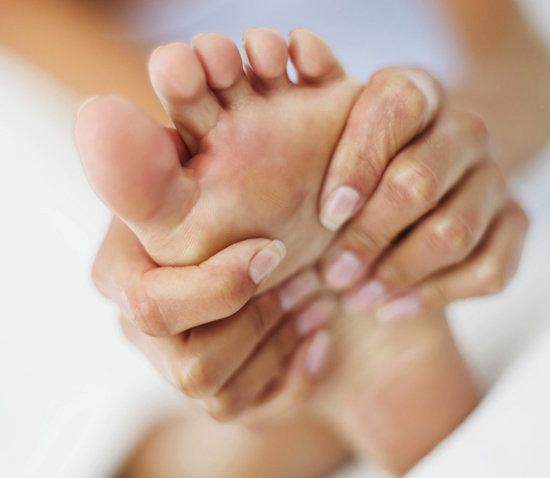 According to the American Diabetes Association, about 15.7 million people in the United States have diabetes. And the most common reason that diabetics are hospitalized are complications in the foot. Among the most dangerous of these complications are foot ulcers and deformities which could lead to severe consequences, like amputation if left unchecked. Learn more about these conditions here.
According to the American Diabetes Association, about 15.7 million people in the United States have diabetes. And the most common reason that diabetics are hospitalized are complications in the foot. Among the most dangerous of these complications are foot ulcers and deformities which could lead to severe consequences, like amputation if left unchecked. Learn more about these conditions here.
If you have diabetes, you should inspect your feet every day. Look for changes in your feet such as puncture wounds, bruises, pressure areas, redness, warmth, blisters, ulcers, scratches, cuts and nail problems.
Here is some general advice for taking care of your feet for diabetics:
- Try to keep your feet warm. For instance, wear loose socks to bed and wear warm socks and shoes in winter.
- Do not put your feet on or near hot surfaces like radiators or the fireplace.
- Wash your feet every day with mild soap and warm water.
- Do not soak or get your feet wet for prolonged periods.
- You may use quality lotion to keep the skin of your feet soft and moist, but don’t put any lotion between your toes.
- When drying your feet, pat each foot with a towel and be careful between your toes.
- Stop smoking.
- Don’t use antiseptic solutions, drugstore medications, heating pads or sharp instruments on your feet.
- Buy shoes that are comfortable without a “breaking in” period. Avoid pointed-toe styles and high heels. Try to get shoes made with leather upper material and deep toe boxes. Wear new shoes for only two hours or less at a time. Don’t wear the same pair everyday. Don’t lace your shoes too tightly or loosely.
- Choose socks and stockings carefully. Wear clean, dry socks every day. Avoid socks with holes or wrinkles. Thin cotton socks are more absorbent for summer wear. Square-toes socks will not squeeze your toes. Avoid stockings with elastic tops.
At Metro Foot and Ankle Centers, PC we specialize in both surgical and non-surgical options to treat diabetic foot conditions, but our goal is to salvage the limb first without any unnecessary amputations.
We offer a combination of procedures such as wound grafting with biologic tissue dressings and joint reconstruction to reduce lower extremity morbidity. We share the common goal with our patients of ultimate limb preservation.
